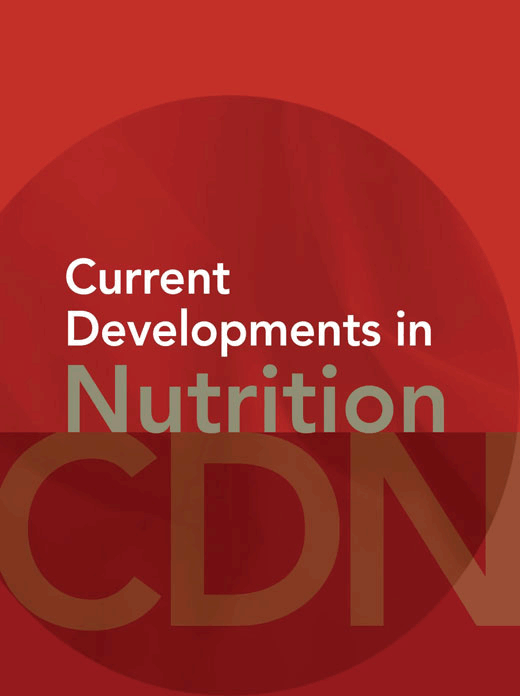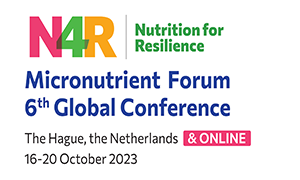Publications

Journal Article
Adoption or placement in foster care and catch-up in linear growth and development: A meta-analysis of individual participant data

Journal Article
An ex-ante analysis of the impact of biofortified zinc rice on dietary zinc inadequacy: Evidence from Bangladesh, Indonesia, and the Philippines

Journal Article
Consumer demand for milk and the informal dairy sector amidst COVID-19 in Nairobi, Kenya
Events

Micronutrient Forum: 6th Global Conference
Hybrid Conference: October 16, 2023 – 8:30 AM to October 20, 2023 – 5:00 PM CEST. IFPRI is pleased to participate in this year’s Micronutrient Forum 6th Global Conference, being held at the World Forum in The Hague October 16–20, with a focus on “Nutrition for Resilience (N4R).




